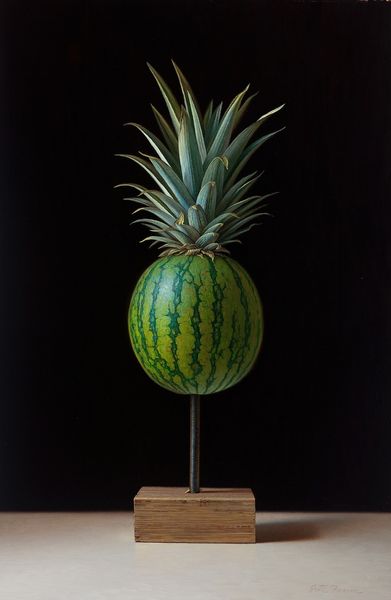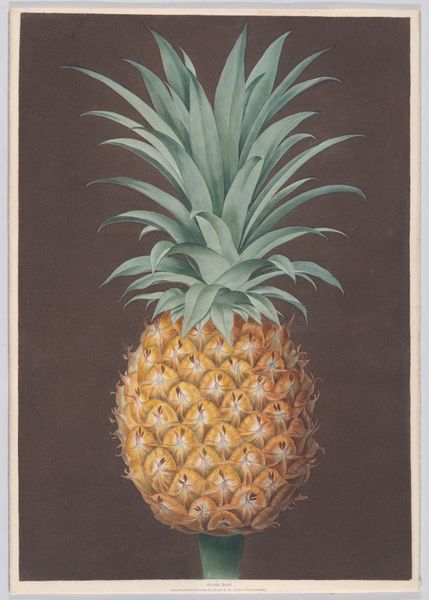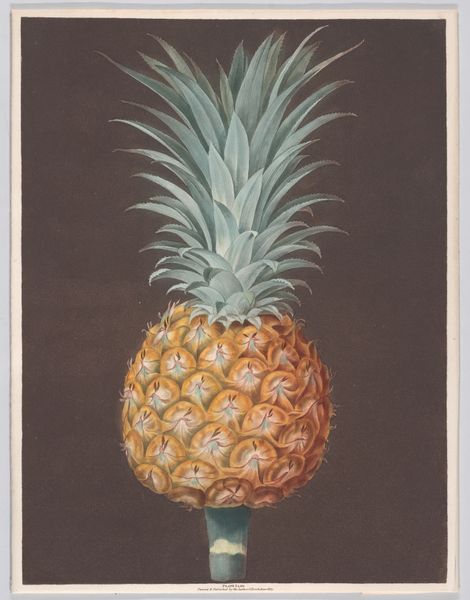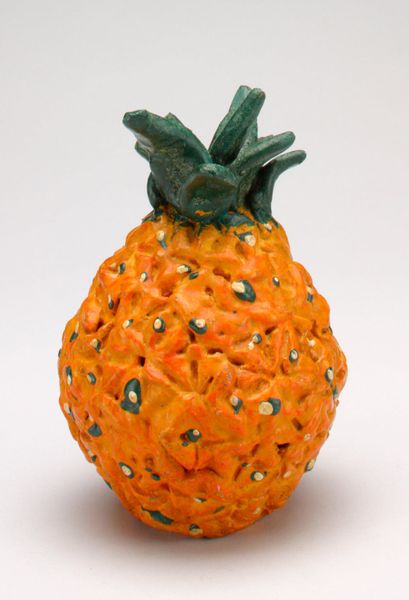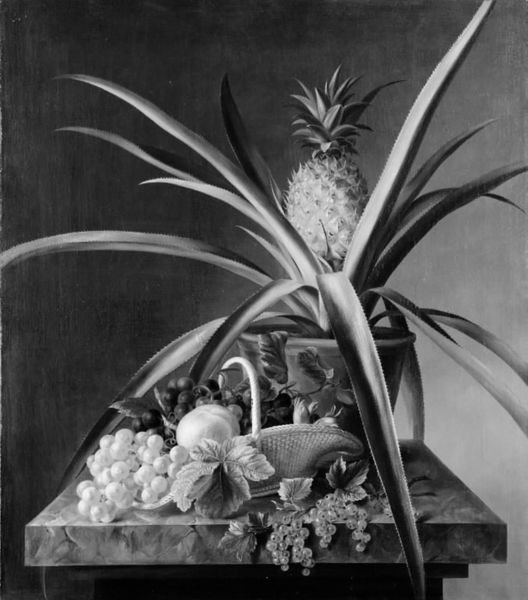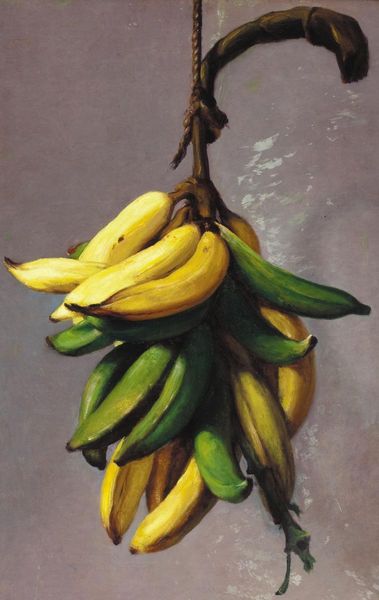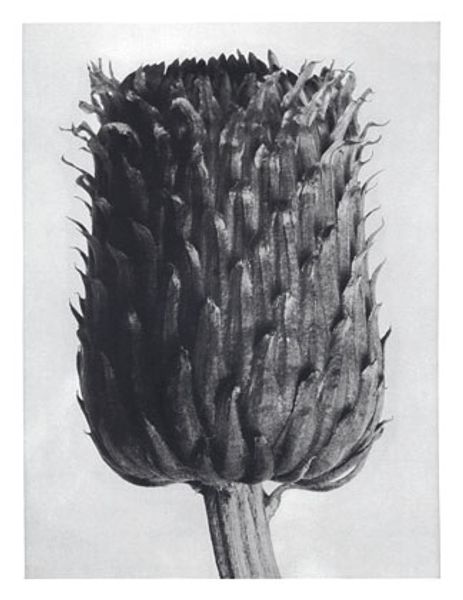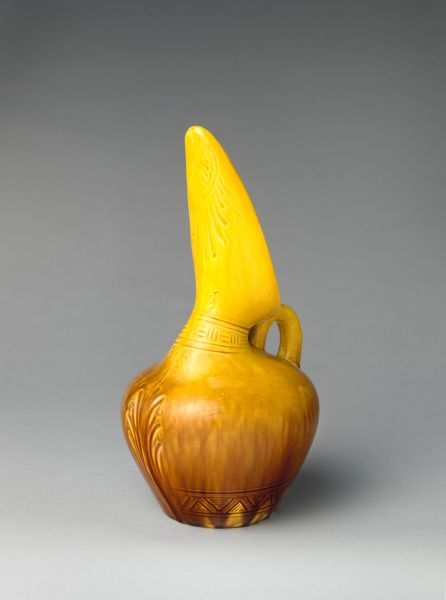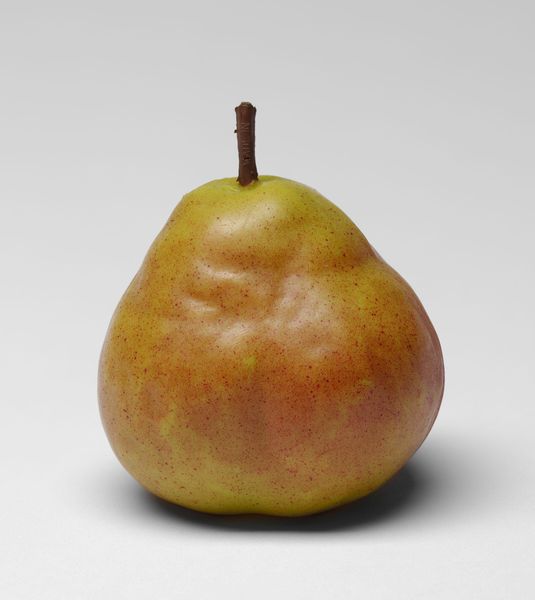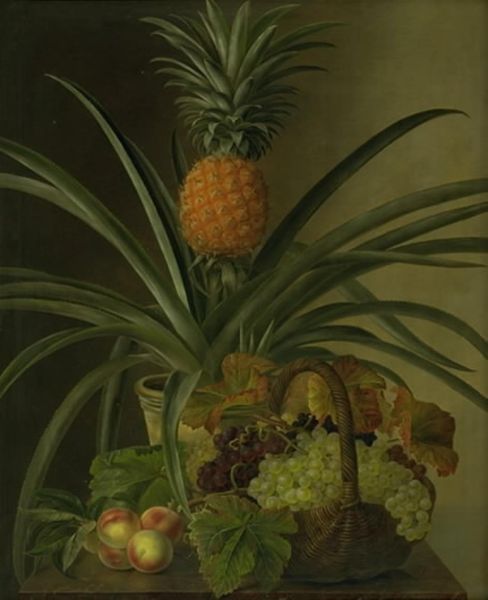
painting, oil-paint
#
painting
#
oil-paint
#
figuration
#
academic-art
#
realism
Copyright: Modern Artists: Artvee
Curator: Right, let’s have a closer look. This is "Dark Pineapple," an oil painting by Scott Fraser. It strikes me immediately as a contemporary take on still life. What's your initial impression? Editor: Well, aside from making me suddenly crave a piña colada, it feels… solemn. Almost like a royal portrait, but of a pineapple. The stark black background really elevates the fruit. I can practically feel the spiky skin. Curator: That sense of formality is interesting. Fruit, of course, carries significant art historical weight, particularly concerning themes of vanitas and luxury goods throughout colonial trade networks. Fraser seems to consciously invoke that history. Editor: Right, the vanitas element... it’s as if this tropical fruit, usually associated with carefree vacations, has been chosen as the memento mori object. The darkness amplifies that, suggesting things are not quite as sweet as they seem. The little wooden plinth the pineapple's presented on almost makes me giggle though – it really undercuts all the sombre stuff for me. Curator: The support is unexpected but consider how it situates the pineapple within traditions of display—like an artifact placed on a stand, imbuing the pineapple with a heightened significance. Also note that Fraser paints with an incredible realism. He's not just representing a pineapple; he's trying to capture its very essence, down to the smallest detail. Editor: And he succeeds. I love the sheer textural complexity of the fruit and leaves against that void. It does prompt the thought that objects, and especially luxury goods, bear witness to more social history than they can say. Like little frozen moments of economics, class and consumerism. Curator: Precisely. By spotlighting an imported luxury commodity in such stark terms, "Dark Pineapple" invites a thoughtful examination of our relationship with these objects and the worlds from which they come. Editor: True. Next time I slice into a pineapple, I’ll remember its “royal portrait”, and those shadowed stories it carries within its juicy flesh. Curator: Indeed. Perhaps that new awareness is a small way to honour art's potential to make us stop, look and question the world around us.
Comments
No comments
Be the first to comment and join the conversation on the ultimate creative platform.
